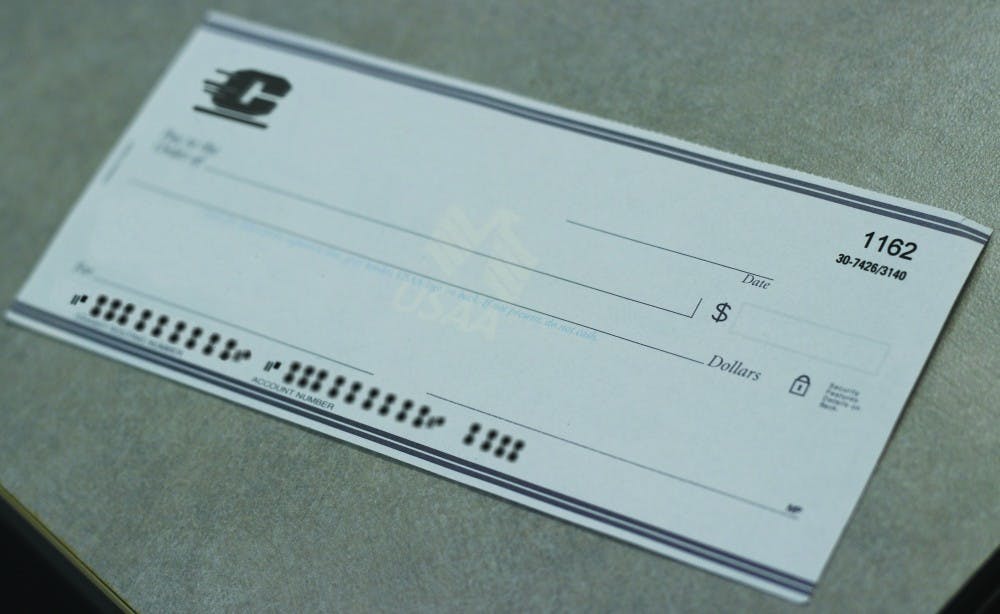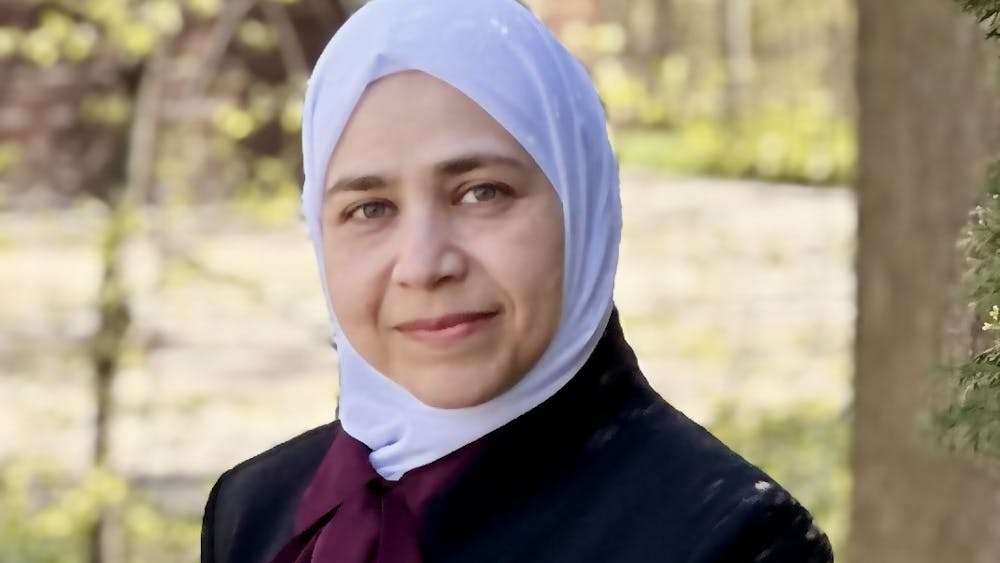EDITORIAL: The spending spiral
Inflation in NCAA spending unsustainable
Widespread television coverage, endorsement deals and multimillion dollar coaching contracts leave the impression athletics is a lucrative business, but participation in NCAA Division I comes with an increasingly large price tag.
Universities in the Mid-American Conference schools face the pressure to pay for Division I status. At CMU, University President George Ross and Director of Athletics Dave Heeke have said they are committed to keeping up with our competitors' with no maximum spending limit established.
The reality is, giving the Athletics Department a blank check might hurt students. The spending will eventually become unsustainable for CMU.
Only the largest universities have self-sustaining athletic departments. CMU will never be one of them, despite good-intentioned efforts to raise funds like the university's partnership with IMG Marketing Group.
At a certain point, the university leadership needs to draw the line. The spending strategy thus far has been a Hail Mary approach — throw money into athletics and hope to have that translate to success on the field or court.
Rather than continue to raise funding to the Athletics Department in the next fiscal year, we propose that CMU play smart offense. Stick to a plan that keeps spending responsible.
A larger conversation about the financial arms race in the NCAA is desperately needed. This is not a CMU problem, a MAC problem or a statewide problem — it is a systemic issue as the business of collegiate athletics grows bigger.
At CMU, the majority of the athletics program budget is balanced by subsidizing it with $18.5 million from the university's general fund. The funds are generated by academic colleges and paid for by student tuition dollars.
CMU and its peer universities have historically subsidized about 70 percent of those athletics department budgets with general fund dollars. However, the dollar amount of CMU's subsidies has risen from $12.25 million to $18.5 million in 10 years.
CMU Head Football Coach John Bonamego will receive $475,000 a year, compared to former Head Coach Dan Enos' $360,000 salary. Meanwhile, the Western Michigan University Head Football Coach became the highest-paid coach in the conference in December, signing a $800,000 a year contract extension.
Are CMU trustees and administrators willing to pay their next coach more than twice what the university president makes? They shouldn't be.
Tuition increases have already become commonplace to compensate for diminished state funding.
Universities everywhere need to evaluate priorities and decide whether unlimited athletics spending is something that can be realistically sustained.
What does a successful athletics program actually bring a university? Some tangibles benefits exist, like sold out seats in McGuirk Arena for a basketball game. Mostly, it gives us things that are hard to quantify. The excitement of a win, a communal sports culture and name recognition on a national level.
Universities are shelling out more dollars each year for things they can't assign a dollar value to.
A university is a business that needs to stay in the black. It is also an institution created to help prepare students for their future careers.
CMU and other Division I schools need to think about how long they are willing to pay more to stay competitive for rewards they can't accurately measure.
The pursuit of a championship culture does not justify limitless spending.





